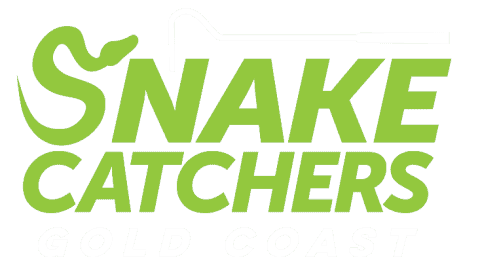Snake Bite First Aid

Snake bite first aid
The following Pressure Immobilisation Bandage PDF is loaded directly from St John Website. To view click the image below. The PDF will open in a new tab. When finished just close the tab.


The implementation of current first aid is critical immediately after receipt of a bite from a snake. The "pressure-immobilisation" technique is currently recommended by all major health organisations within Australia. A number of "do nots" are applicable to snake bite management. These are as follows:
Don'ts
Do not try to catch or kill the snake. Statistically 95% of people that are admitted to hospitals for snakebite treatment have attempted to catch, kill or otherwise engage with the snake.
Do not apply a tourniquet. This method is ineffective and can result in severe injuries to the patient due to loss of circulation to the effected limb. When released the rapid progression of venom may cause an onset of symptomatic response that is highly accelerated.
Do not wash the bite site. In many cases the application of a Venom Detection Kit (VDK) may be applied to assist in identifying the snake responsible. Residual venom from the bite site is in this instance the most accurate means of identifying a snake where a specimen is not provided. This in turn means that the specific antivenin is administered rather than a polyvalent which carries higher risk of anaphylactic response.
Do not give food or drink – In the event of significant delay or where dehydration is an issue small sips of water are acceptable. Alcohol especially should be avoided.
Do not lance or suck the bite. Sucking the venom out may cause a secondary envenomation and is likely not to remove all the venom anyway.
Do not unnecessarily move the person bitten. Application of first aid should be done as soon as the bite is received or when first noticed. Again unnecessary movement results in lymphatic activity which is what is to be avoided at all costs.
Do not remove the bandages or splints at any stage after they are applied. Only when additional medical support under direction of a treating doctor should bandages be removed. Only when appropriate antivenom and resuscitation equipment is on hand should any first aid be removed.
